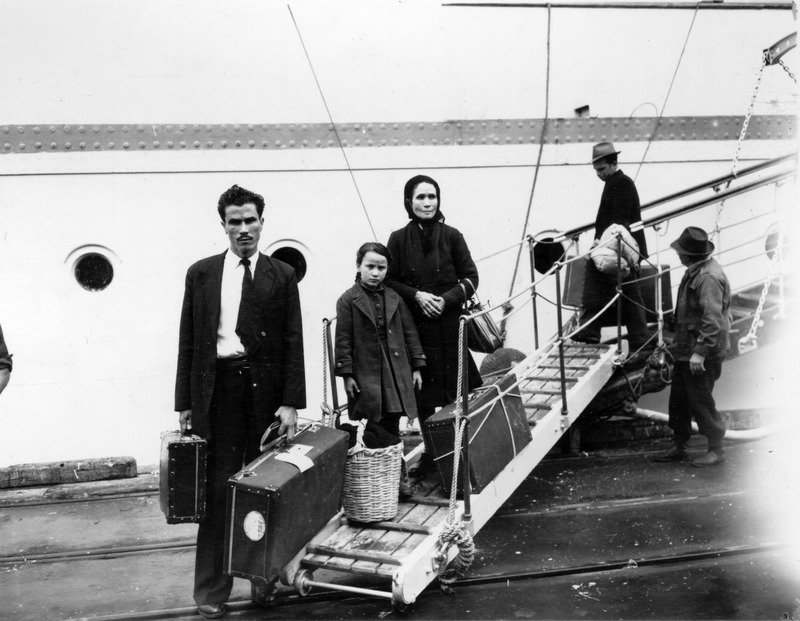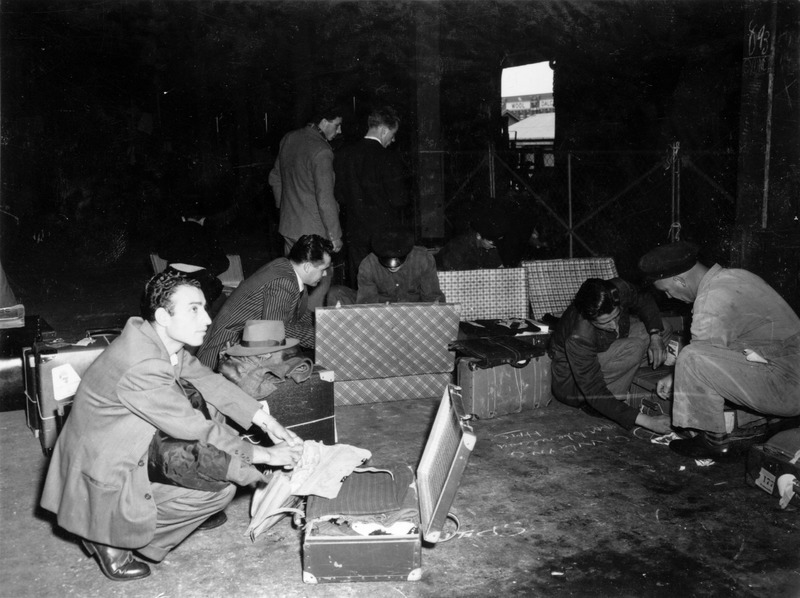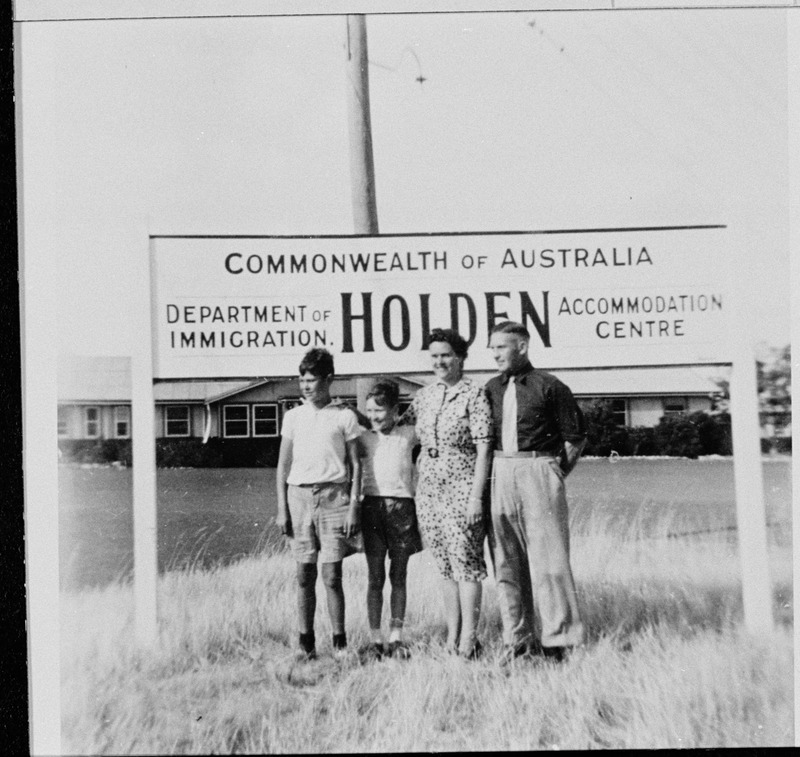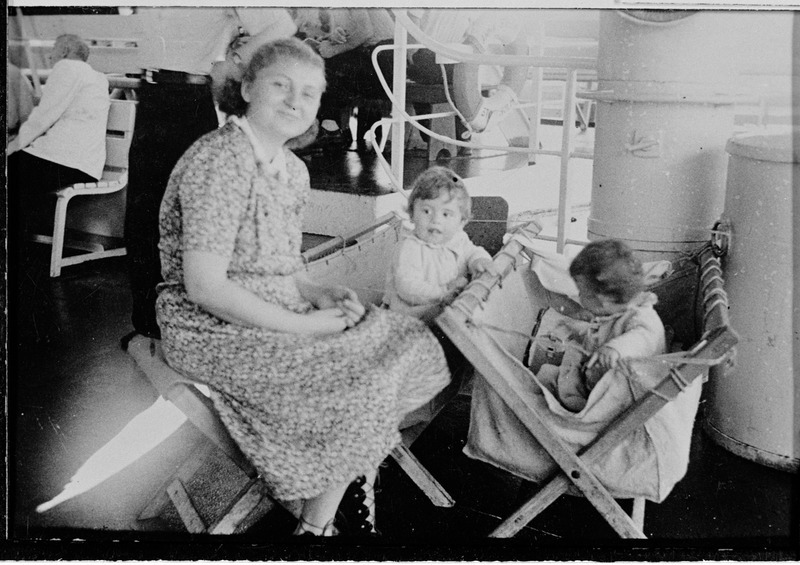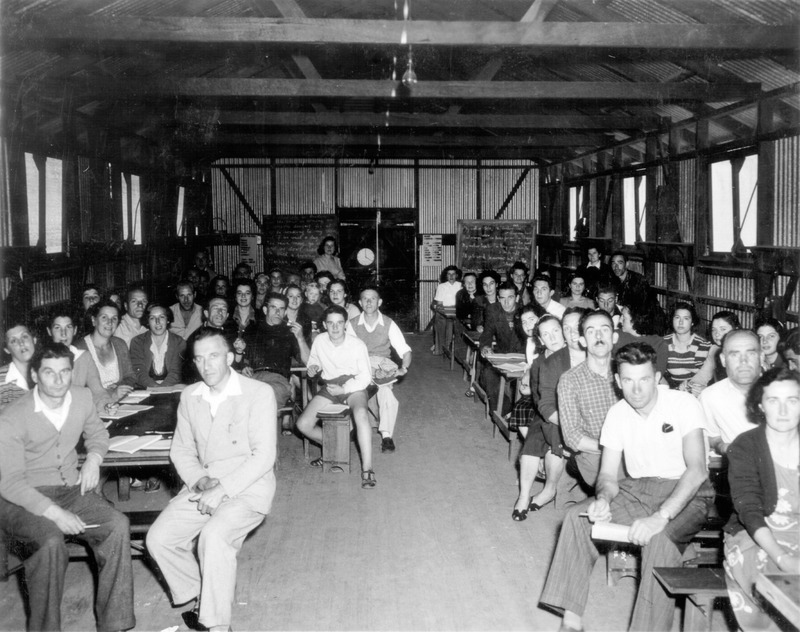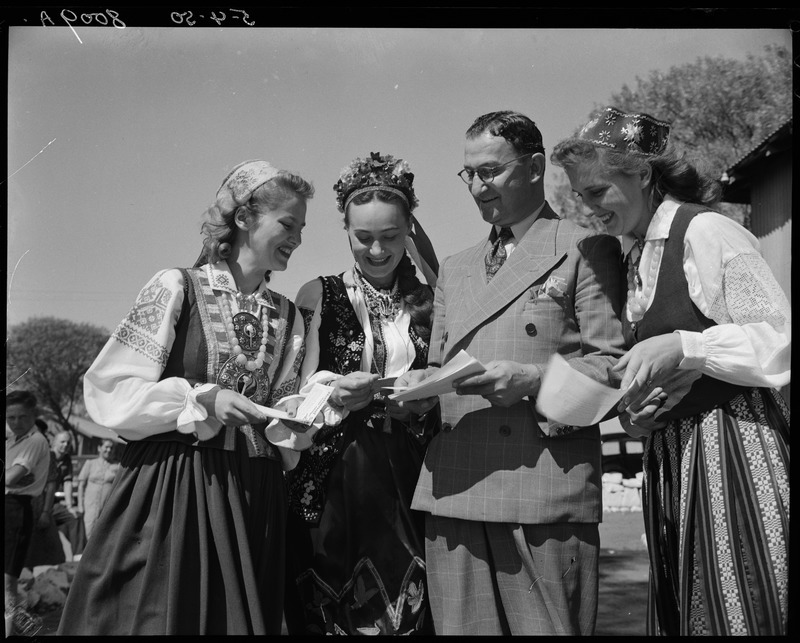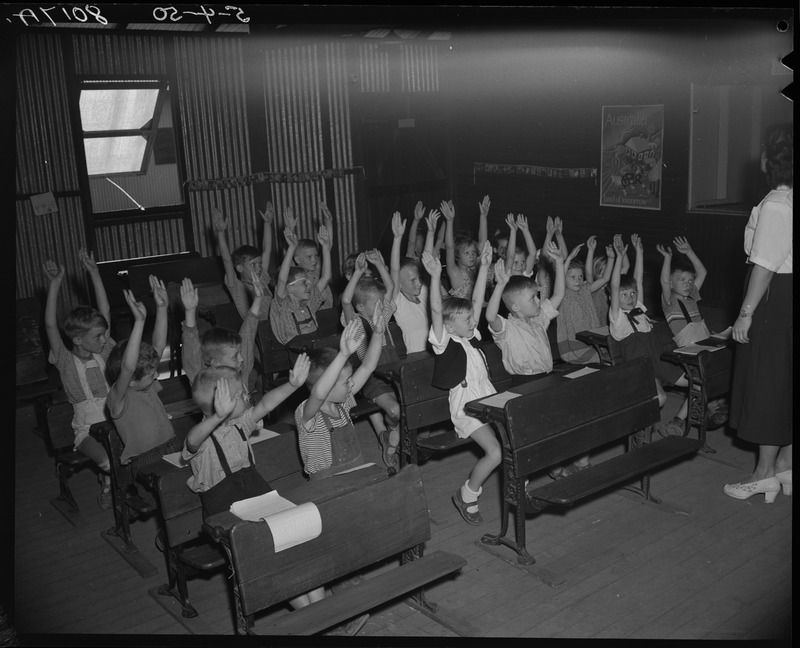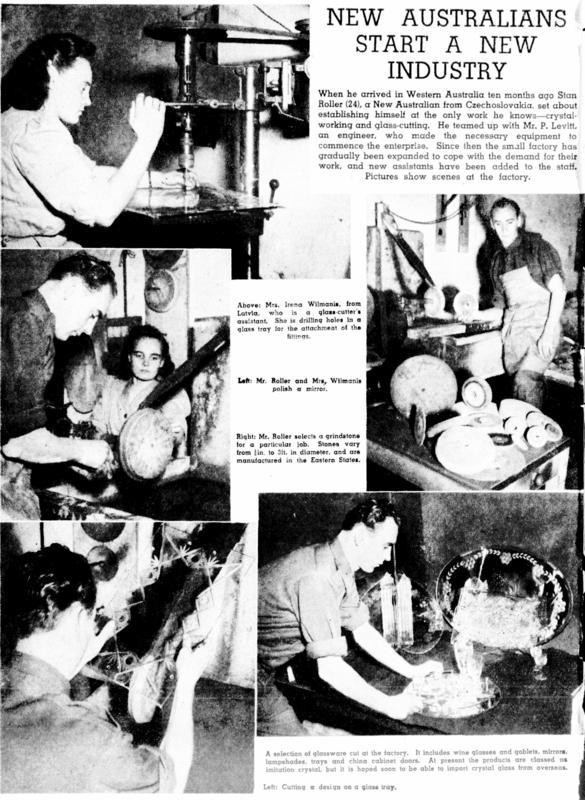Post WWII European migration
The 1940s were a period of cultural change in Australia. In 1948 parliament legislated to create Australian citizenship, previously Australians were considered British citizens.
The Australian government, mostly made up of men with British connections, continued to preference British migrants. Government schemes such as the “Ten Pound Pom” (the price of the ticket) started in the 1940s and continued for nearly 25 years. The Australian government subsidised the cost of migrating, making it very affordable for British citizens to migrate to Australia.
The Second World War (1939 – 1945) had a devastating effect on most of the world, particularly in Europe where so many people had their homes destroyed. Masses of people were moving around the world, seeking new lives in secure new homelands. Australia was considered an attractive new world, a safe distance from the devastation.
With so many young men having left and been killed in the war, there was a decline in available workers. The shortage of labour affected a shift in Australia’s attitude to migrants. A national poll in 1943 showed 40% of Australians supported ‘unlimited immigration’. The country’s first ever immigration minister, Arthur Calwell, promoted the idea that Australia needed to ‘populate or perish’. Later the Immigration Restriction Act 1901 (White Australia Policy) which discouraged non-white migrants, started to be reversed. The notorious dictation test that had been used to hamper immigration attempts by non-British applicants, was stopped in 1958.
Australia began accepting migrants from more than 30 European countries, including: the Netherlands, Austria, Belgium, Spain and West Germany. The largest national groups to arrive, after the British, were Italian and Greek.
Before the war, Australia accepted the immigration of 15,000 Jewish refugees from Europe, reluctantly as the holocaust was considered ‘not a problem for Australia’. After the war, Australia became more sympathetic and admitted more than 170,000 Europeans, including 17,000 Jewish people, under the international Displaced Persons Scheme. Today’s Western Australian Jewish population is approximately 7000.
Focus Questions
- How has government policy affected the diversity of Western Australia’s population?
- The Second World War was a major global event that affected migration patterns around the world. Can you think of any other events that may also impact migration?
- How does the diversity of the population affect the cultural practices of people living in Western Australia?
Key words
You may wish to find out more about post war migration. The following key words can help you find information:
Citizenship
Subsidise
Policy
Humanitarian
Websites
The following websites can help you with reliable information:
State Library of Western Australia
National Archives of Australia - Post-1945 immigration policy
National Museum of Australia - Postwar immigration drive
Flickr - Hostel stories (photographs)

